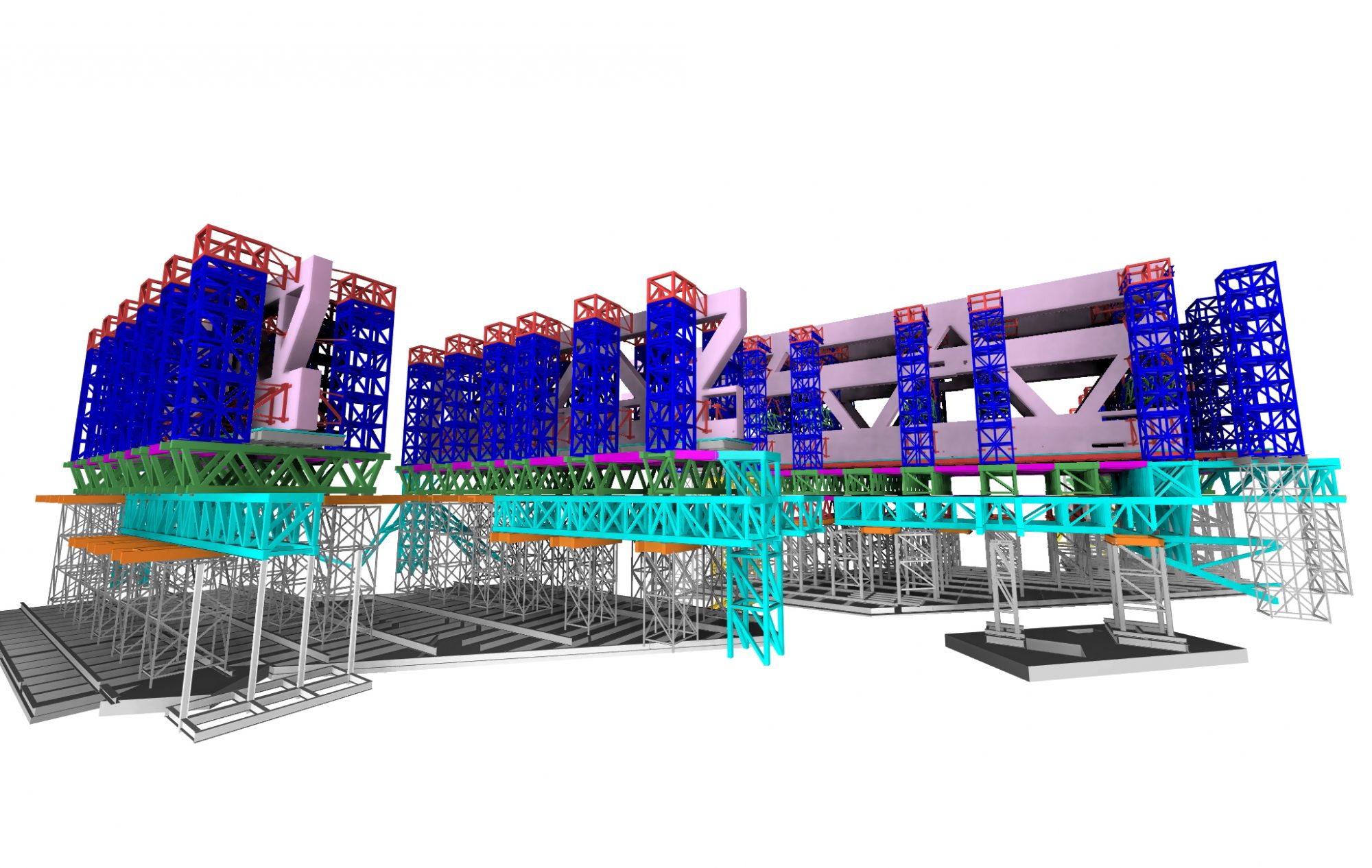Murillo Piazzi, technologist at BIM Academy, examines how to specify graphical Exchange Information Requirements in BIM-enabled projects
One of the early activities of information management using BIM is the definition of exchange information requirements (known by the acronym EIR). These EIRs are usually established by the client and form the scope of work of the various specialist teams collaborating to deliver the project. As opposed to the design team and contractors, who see the value in using graphical information to coordinate their projects, clients tend to focus on non-graphical requirements as they do not see much use or value in current graphical specifications. In recent years, many frameworks for the specification of graphical and non-graphical information within EIRs have been devised.
Some of the most well-known are: American Institute of Architects’ Level of Development (LOD), BIM Forum’s LOD, PAS 1192’s Level of Detail, ISO 19560’s Level of Information Need. However, most of these frameworks focus on methods for the specification of non-graphical information (eg product classification, material description, warranty dates).
Collaborative efforts have been proposing increasingly structured approaches such as the LOD definitions provided by the NBS Toolkit, which are regularly used in the UK. However, most practitioners still use bespoke frameworks to specify information requirements with regards to graphical content in BIM models.
Trying to understand how practitioners currently compose their EIRs, especially with regards to non-graphical information, was the focus of a research project which contacted 119 BIM specialists. After analysing the data collected it was clear that six variables emerged: Stages; Uses; Actors; Graphical Granularity; Attributes; and Process/Object.
Model uses
The specification of model uses directly influences how elements are going to be represented graphically in the model. In theory, BIM authoring tools allow for an endless amount of information to be inserted into the model and for this information to be used in countless ways.
Therefore, it is necessary to develop models around predefined uses for the information contained within. Moreover, defining model uses sets the suitability of the information, decreasing the likelihood of unauthorised uses for the model. For instance, while some uses, such as conceptual visualisation and fabrication, require high levels of graphical detail, others like facility management might not even require elements to be represented.
Project stages
When specialists are required to specify the information they need in contracts, the definition of project stages helps people to sequence the way information is going to be inserted into the model. A good example of this is the use of BIM in heritage conservation, where certain model elements need to have a high level of graphical detail in the early stages of a project.
Project actors
Many specialists think that it is useful to consider the stakeholders involved in the project when they need to specify graphical EIRs in their models. The definition of “actors” is usually included in documents as a way of defining a scope and establishing liability for the delivered information.
The consideration of authors in the specification of graphical requirements is relevant “for representing the practice of the different professionals involved, clarifying the actions and responsibilities of those involved, and specifically the relationship of dependency between tasks” as it was pointed out by a participant.
Process and object definitions
The existing frameworks for the specification of graphical information requirements diverge on whether information should be specified according to processes or on an object basis. The analysis of the data has revealed that both methods are relevant for specialists.
Many arguments were put forward to support this view. A common point was that some project team members (eg technicians) might find it hard to have a processual vision of the project, which would make it difficult for them to specify information on a process basis. On the other hand, managers might have only a high-level view of the project, lacking the understanding of specificities contained within each process. Therefore, these methods could be combined in order to specify EIRs.
Graphical granularity
On some projects specific building components or assemblies might require a high level of graphical detailing in the early design stages while others remain undefined. Therefore, the discussion around a graphical granularity taxonomy becomes relevant in order to set the expectations with regards to what is going to be delivered.
The content analysis of several frameworks has allowed for the identification of a common denominator in terms of graphical granularity categories. These are represented by the following taxonomy:
- Symbolic plan representation;
- Bounding box representation;
- Approximate shape representation;
- Fabrication shape;
- Real-world representation.
When confronted with this taxonomy, over 90% of the respondents affirmed that most of the graphical information that occurred in models could be represented by these categories.

Element attributes
Another interesting finding of this study was the discovery of attributes that are not exactly related to graphical data in a programming sense, but that certainly influence the way elements are graphically represented in models. These attributes are: materials; location; quantities; clearances; and parametric behaviour.
Analysis of contextual factors
Lastly, the analysis of the data has revealed that contextual factors have a considerable impact on how BIM specialists specify graphical information requirements.
We know that contextual factors influence how technology, and its correlated processes, are implemented. Without careful consideration of contextual factors, inefficient hybrid systems might be put in place, provoking duplicated effort and mismanagement.
Overall, the analysis of contextual factors suggests that, although several variables are commonly considered among specialists, there is no definitive solution for the specification of graphical information requirements.
Different contextual dimensions influence how these variables are employed in practice. Therefore, frameworks need to be flexible enough to accommodate the different contexts in which they are implemented. Furthermore, practitioners responsible for the definition of EIRs should consider the context in which they are inserted when performing this task.
Currently, most frameworks for the specification of EIRs focus on the definition of non-graphical information. There is a debate around the way that graphical components should be considered in EIRs.
Through this research it has been demonstrated that considerations around model use, project stage, actor definition, process versus object definitions, graphical granularity and element attributes are relevant to practitioners in the task of defining graphical information requirements. Moreover, the findings support the suggestion that contextual factors play a role in the implementation of BIM technologies and associated processes.
These results can be employed to extend the understanding of the considerations made in the definition of graphical information in EIRs documentation. Moreover, this could inform the activity of practitioners and the development of new technologies focused on the automation of information specification.
Murillo Piazzi
Technologist
BIM Academy
Tel: +44 (0)191 269 5444
Twitter: @bimacademy
LinkedIn: BIM Academy
YouTube: BIM Academy














